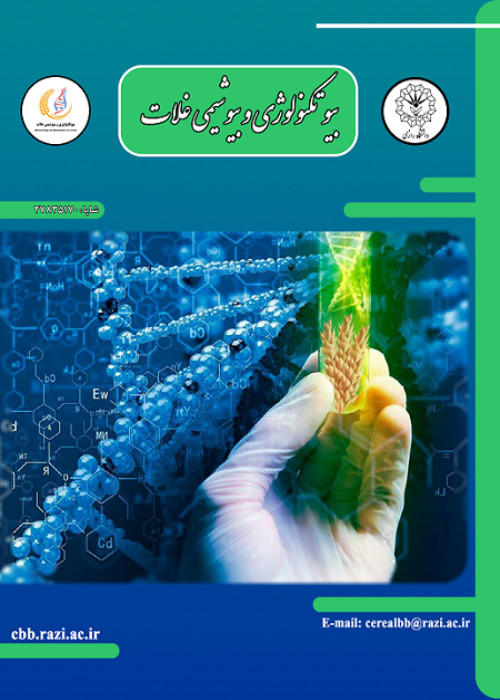Investigating the combined effect of azotobacter and nitrogen fertilizers on the qualitative, morpho-physiological and agronomic characteristics of corn cultivars (Zea mays L.)
If there is enough nitrogen, potassium and phosphorus in the soil, the crops will have vegetative growth, more leaf area and proper performance. Due to the arid and semi-arid nature of Iran, the amount of organic matter in the soils is low and as a result, they have low nitrogen levels. Most plants suffer from nitrogen deficiency in the conditions, so it is necessary to provide nitrogen through chemical and organic fertilizers. Nowadays, due to the problems caused by the excessive use of chemical fertilizers, biological fertilizers have attracted more attention. Biological fertilizers are defined as a set of preservatives with a large number of one or more beneficial soil micro-organisms or their metabolic products, which are mostly consumed to provide the nutrients required by the plant and create suitable physical and chemical conditions for the growth of the plant. Bio-fertilizers are produced in the form of live inoculum for use in the soil or use with seeds.
The experiment was carried out as a factorial design based on a randomized complete block design with four replications. The factors used included: corn cultivars in two levels (Simon and BC), the second factor was Azotobacter chrocooccum bacteria in two levels (use of bacteria and no bacteria) and the third factor nitrogen fertilizer in two levels (use of nitrogen and no nitrogen). The attributes of plant height, number of ears per plant and per unit area, number of seeds per ear, ear diameter, weight of seeds per ear, fresh weight, dry weight, hundred seed weight, total harvest index, ear harvest index, seed yield per hectare, leaf area index, chlorophyll a, and chlorophyll b were measured.
Based on the results of mean comparisons, the highest plant height, the number of ears per plant and per unit area, the number of seeds per ear, ear diameter, weight of seeds per ear, fresh weight, dry weight, weight of 100 seeds, total harvest index, seed yield per hectare, leaf area index, chlorophyll a, chlorophyll b were obtained in the treatment of nitrogen and azotobacter in the Simon cultivar, and the lowest amounts were recorded in the control treatment (no nitrogen and no azotobacter) in the B.C. cultivar.
The use of nitrogen fertilizer along with seed inoculation with azotobacter in comparison with no seed inoculation leads to an increase in plant height, number of seeds in a row, ear diameter, number of leaves, harvest index, leaf area index, fresh and dry weight of leaves and finally grain yield. Combining biological and chemical fertilizers seems to be a suitable method for improving the performance and consumption of nitrogen fertilizers. Therefore, to increase grain yield, it could be suggested that azotobacter be used in seed inoculation and optimal use of nitrogen to reduce the consumption of chemical fertilizers.
- حق عضویت دریافتی صرف حمایت از نشریات عضو و نگهداری، تکمیل و توسعه مگیران میشود.
- پرداخت حق اشتراک و دانلود مقالات اجازه بازنشر آن در سایر رسانههای چاپی و دیجیتال را به کاربر نمیدهد.


